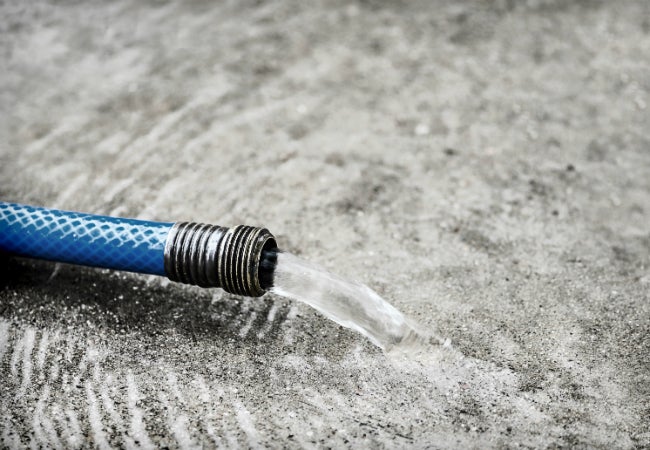What you need to know about moisture in concrete (part 2)
It is necessary to measure the moisture content of concrete.
Ultimately, the amount of moisture in the slab should be the final guide in deciding when the next step in the construction process can be taken. This requires an accurate measurement of the moisture content of the concrete.
What are the options?
Currently, there are two main standards in the industry – testing for calcium chloride (CaCl) and testing for relative humidity. Also known, but less common, are the cap method, the plastic sheet method, and concrete moisture meters. What is the difference?
The CaCl test (also sometimes called the moisture vapor release rate) is a test method that uses an anhydrous desiccant on the surface of a concrete slab and then covers it with a cover designed to prevent environmental conditions from affecting the test results.
 The theory is that the amount of moisture absorbed by the desiccant will reflect the amount of moisture evaporating from the surface of the slab and the moisture conditions of the slab as a whole.
The theory is that the amount of moisture absorbed by the desiccant will reflect the amount of moisture evaporating from the surface of the slab and the moisture conditions of the slab as a whole.
The problem with any surface test, such as the CaCl test, the cap method, or the plastic sheet method, is that they can only be considered reliable for concrete.
By understanding how moisture tends to have a concentration gradient in concrete, it becomes apparent that the surface test method cannot be an accurate indicator of internal conditions, a method that has proven so problematic that it has been banned for use in lightweight concrete.
Relative humidity testing uses probes or in-situ sensors placed in holes drilled into the slab itself to measure the moisture content at a depth that is proven to give the best indication of the moisture level the slab would have if the surface were sealed at that depth. points
Relative humidity testing: the right tool for the job.
When your project and reputation are at stake, you always need the right tool for the job. By understanding the realities and challenges of concrete moisture testing, it doesn’t take long to realize that relative humidity testing is the best choice for concrete drying monitoring and construction project management.
RH testing is based on decades of scientific testing and experience to prove that it provides accurate and useful information for trade professionals and specialists. Relative humidity testing provides the foundation for a collaborative approach to moisture management not just for flooring professionals.
Excess moisture can be a problem.
Water, which is necessary to strengthen the concrete during its hardening, is not needed at all for the floor. Excessive moisture trapped under a sealant or other finished floor product can have catastrophic consequences.
When excess steam rises to the surface, it can cause osmotic blisters in the floor or sealant. The chemicals it contains can delaminate the floor or prevent sealant or adhesive from sticking. When steam removes salts from cement, it can leave a whitish-gray substance on the floor. If a wooden deck is laid on top of a concrete slab, excess moisture can cause it to crack.
Excess moisture in concrete can lead to many unsightly or dangerous floor defects. Your best defense is to know the relative humidity inside the concrete slab so you don’t seal it before the slab is thoroughly dry. The best way to know the relative humidity of a slab is to perform an in-situ RH test at the desired depth in the concrete slab.
Solid floor concrete takes time to harden and dry. But you don’t want to wonder when the excess moisture left the stove. There is an affordable, accurate and easy-to-use concrete moisture test that can be applied immediately on the construction site.
As every general contractor knows: time is money! Timely manage every construction project with accurate and actionable test results.







